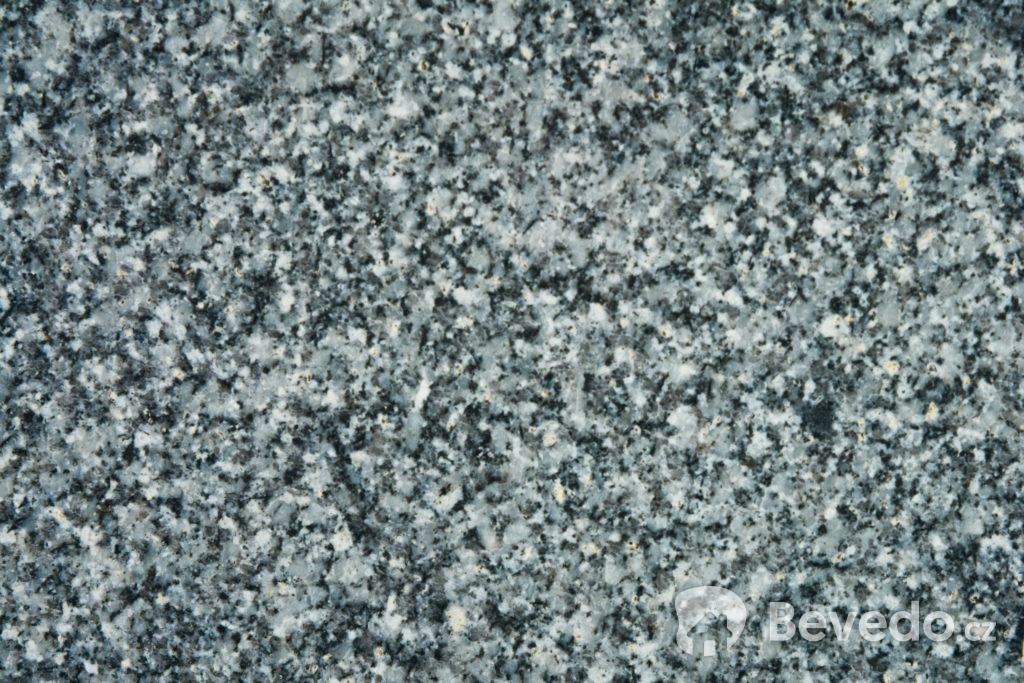Granite – that sounds proud

Granite is a beautiful natural stone that has won recognition in construction and architecture for centuries. Its name has become a symbol of strength and durability, hence the well-known saying “As hard as granite”. Known worldwide, this natural stone has always been used wherever spectacular compositions and architectural ensembles were needed, and many monuments made of granite have survived to this day, not losing much of their original form.
STRUCTURE AND COLOUR OF GRANITE
Granite is a granite-like igneous rock, which gave its name to the stone, translated from Italian as granum meaning “grain”. Feldspar, orthoclase and plagioclase, comprise approximately 60% of the rock, while quartz accounts for 20-30% and the rest consists of biotite, muscovite and sometimes hornblende.
The various types of granite – syenites, diorites, gabbro, labradorites, monocites, teschenites, granite gneisses and others – have been formed at a considerable depth due to the eruption of magma and its intrusion into the hollows in the Earth’s crust. The result of its slow cooling under the pressure of the earth’s crust is rocks with a distinctive crystalline structure. The granite structure may be divided into fine-grained (up to 2 mm), medium-grained (2 to 5 mm) and coarse-grained (over 5 mm). The size of the grains directly affects the characteristics of the stone: the finer the grain, the higher the strength and weathering resistance of the rock.
The colour of the rock – pink, red, gray and black – is directly related to the colour of the feldspar, while the shiny sparkles that give the granite its special appeal are nothing other than mica inclusions.
CHARACTERISTICS OF GRANITE
Granite is very dense and heavy: its bulk weighs between 2.6-2.7 t/m3 and the total pore volume does not exceed 1.5%. Low water absorption defines weather resistance of this stone: even severe climatic conditions cannot harm products made of it. High durability under compression – from 1,400 to 2,500 kg/cm2 provides for the longevity of granite. Experience has shown that fine-grained granite products have been able to retain their original appearance for centuries, with the first signs of decay only occurring after 500 years.
An important feature that allows for the use of granite in construction, decoration and creation of architectural structures is the ease of its processing, including polishing, through which you can create mirror-like surfaces, so spectacular to look and pleasant to be touched.
GRANITE IN HISTORY
Since ancient times granite has been used for the construction of different kinds of buildings all over the world. Statues of Ancient Egypt, bridges of Ancient Rome, temples of Ancient India and many other monuments of architecture serve as direct evidence to prove that. Some of the buildings were destroyed during wars or natural disasters, but most of the constructions demonstrate the durability, grandeur and astonishing beauty of this natural stone up to this day.
One of the highlights of the Renaissance period is the famous Spanish monastery Escorial, considered the eighth wonder of the world. Built by King Philip II as a mausoleum for his father Charles V, it is a rectangle of 208 by 162 metres. It has 15 galleries, 16 courtyards, 13 chapels and 9 towers, the construction of which made extensive use of a variety of granite.
Source: dvamolotka.ru
